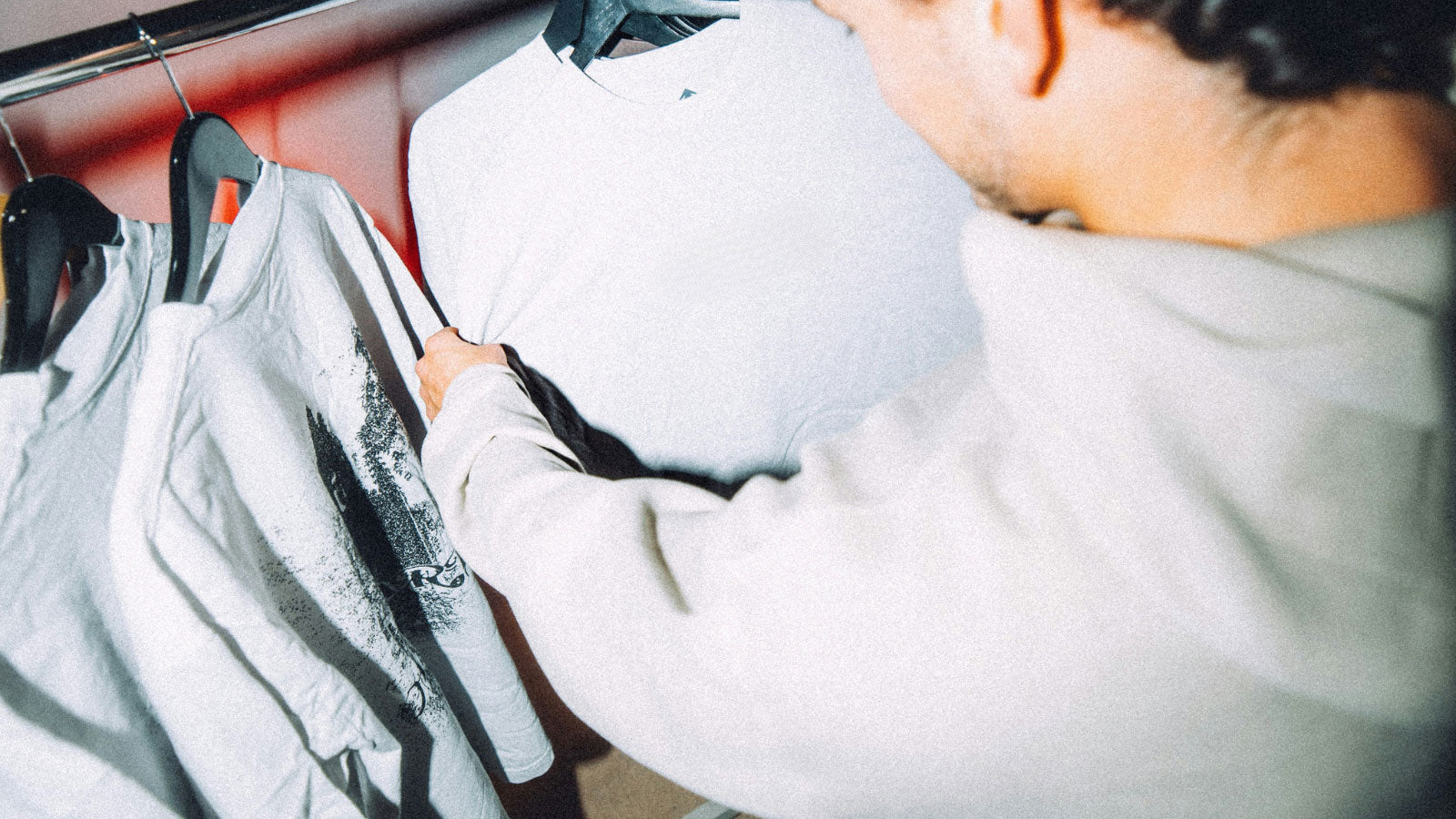The vintage market is booming. With the rise of online retail and the growing interest in more sustainable and unique fashion, selling vintage clothing can be a very profitable business. But to succeed, you need to know where and how to source your vintage clothing.
Whether you're an entrepreneur selling on Vinted, Instagram, or in a physical store, your sourcing choices will have a direct impact on the profitability and quality of your offerings. In this article, we explore the different sourcing options, their pros and cons, and offer practical tips for finding the best pieces and optimizing your business.
The different sources of vintage clothing
1. Markets and recycling centers
Flea markets, garage sales, and thrift stores are excellent sources of vintage clothing. They offer unique pieces at low prices, often from donations or inheritances. You can discover rare brands, collectibles, and high-quality pieces.
The Puces de Saint-Ouen in Paris and the Portobello Market in London are iconic places where you can find vintage treasures.
✅ Advantages : Attractive prices, possibility of finding rare gems, no middlemen.
❌ Disadvantages : Long search time, limited quantities, sorting and cleaning work required.
2. Local flea markets and second-hand shops
Flea markets and some thrift stores offer carefully selected vintage clothing. These places are ideal for starting a business with a low sales volume and ensure better product quality.
Kiloshop and Episode are well-known thrift stores in Paris that offer curated vintage clothing.
✅ Advantages : Sorted parts, time saving, possibility of negotiation.
❌ Disadvantages : Higher prices, competition with other professional buyers, limited stocks.
3. Online platforms (Vinted, eBay, Grailed, etc.)
More and more retailers are using platforms like Vinted, eBay, and Grailed to source their items. These platforms offer a wide variety of items and allow you to filter by brand, size, and category.
Tip : On Vinted, look for sellers who list items in bulk and negotiate wholesale prices.
✅ Advantages : Wide selection, access to specific parts, possibility of remote purchasing.
❌ Disadvantages : Prices sometimes inflated, need to buy individually, combined shipping costs, risk of scam.
4. Automatic purchasing robots on Vinted and other platforms
Some entrepreneurs use bots to automatically buy underpriced items by constantly scanning for new listings.
Bots like Vinteed allow you to automatically buy vintage pieces at low prices as soon as they are posted online.
✅ Advantages : Time saving, automation, immediate access to the best offers.
❌ Disadvantages : Risk of purchasing errors, account suspended if the robot is detected, need a strategy to remain discreet.
5. Second-hand wholesalers
For larger quantities, purchasing vintage clothing bales from wholesalers is a strategic option. These bales contain items sorted by category and quality.
Tip : Working with a reliable wholesaler like TAGZ allows you to have an optimized selection and avoid unpleasant surprises.
✅ Advantages : Wholesale purchasing at competitive prices, simplified sourcing, regular access to stock.
❌ Disadvantages : Risk of unsaleable parts, sorting required, transport costs.
6. Platforms like Fleek (joinfleek.com)
Fleek allows you to buy lots of vintage clothing online, directly from wholesalers.
Fleek offers specialty bundles, such as Levi's 501s or Carhartt jackets.
✅ Advantages : Ease of purchase, access to large volumes, time saving.
❌ Disadvantages : Sometimes high prices, little control over quality, need for a good resale strategy.
The Hidden Costs of Vintage Sourcing
Regardless of the supply channel chosen, additional costs must be included:
Search time : The more atomized the source (e.g., garage sales), the more time is invested.
Loss and sorting : Some of the parts purchased may be unsaleable.
Washing and ironing : Cost in detergent, water and labor.
Delivery and storage : Transport costs and need for suitable storage space.
Revaluation of unsold items : Need to resell certain items on different platforms to limit losses.
Why work with TAGZ?
At TAGZ , we've built a model designed for vintage fashion entrepreneurs. We carefully select our inventory and offer lots tailored to your sales strategy.
The advantages of TAGZ :
✔️ Optimized sourcing : Access to quality stocks, without wasting time.
✔️ Transparency : Sorting done by experts, with precise monitoring of grades (A, B, C).
✔️ Support : Personalized advice to maximize your profitability.
✔️ Flexibility : Order adapted to your needs, from small quantities to large volumes.
By working with TAGZ , you benefit from reliable and efficient sourcing, while saving valuable time. Rather than spending hours searching and sorting, focus on what really matters: growing your business and selling more!



Share:
11 Mistakes to Avoid When Buying Vintage Clothing Lots